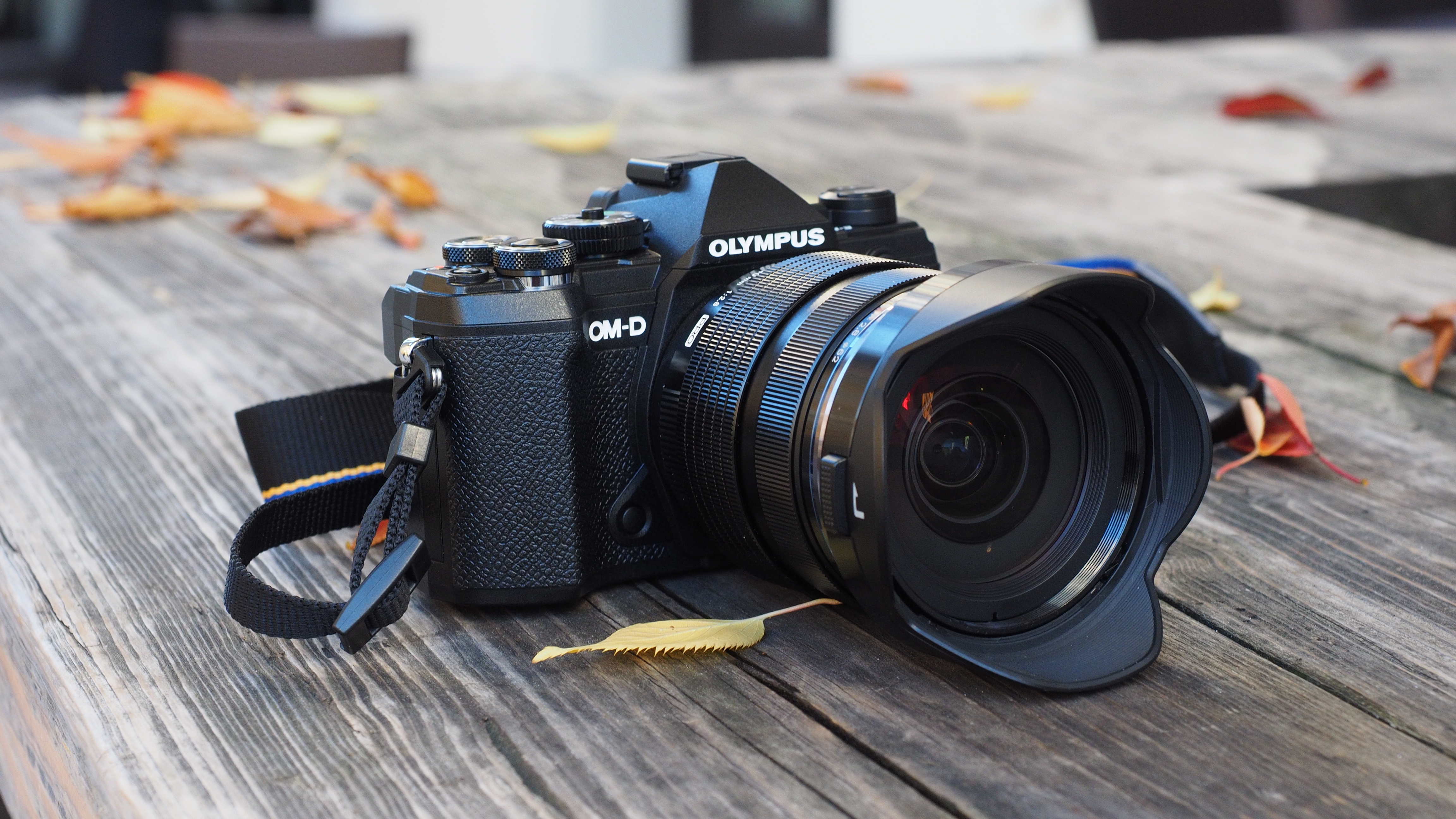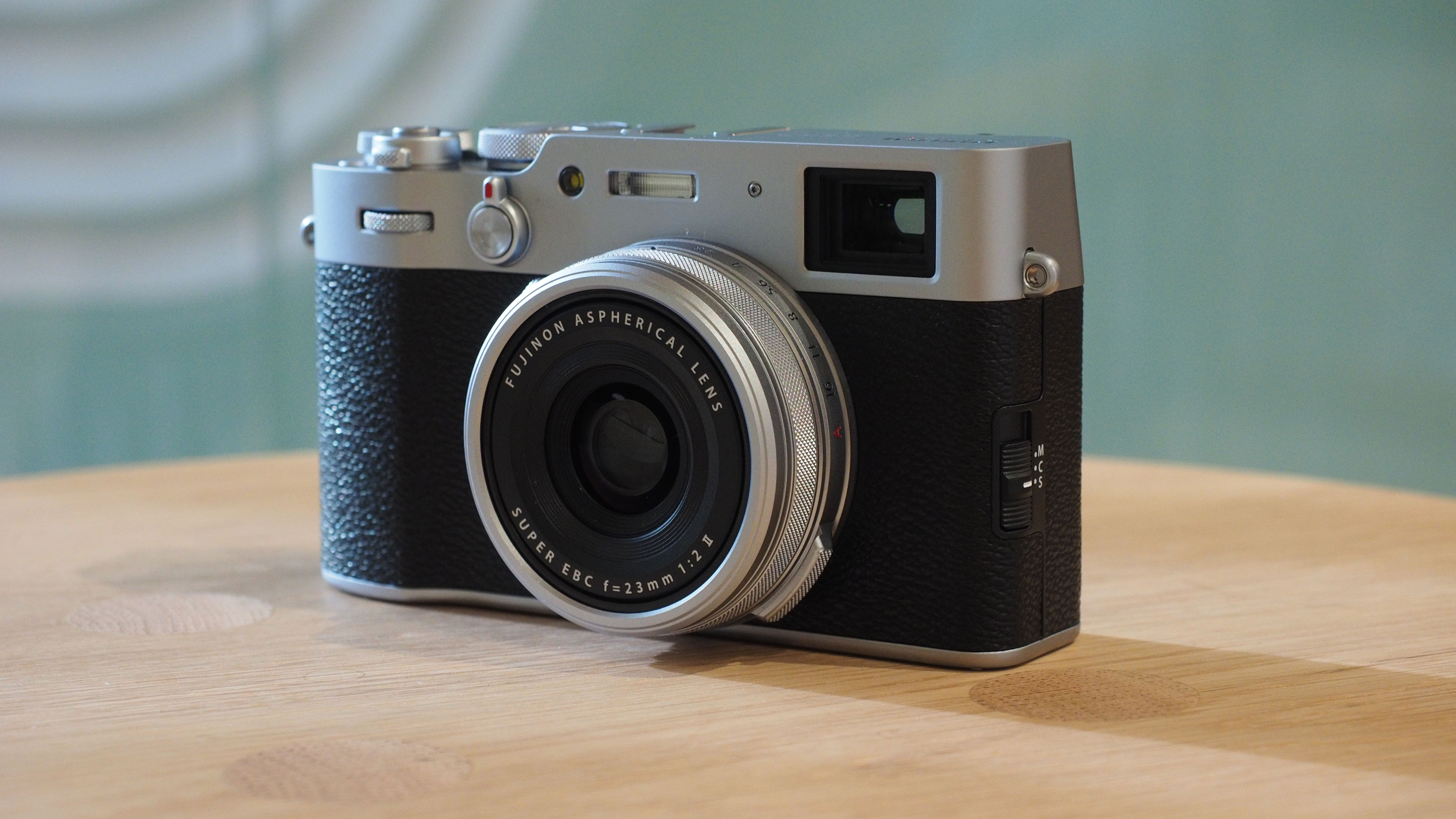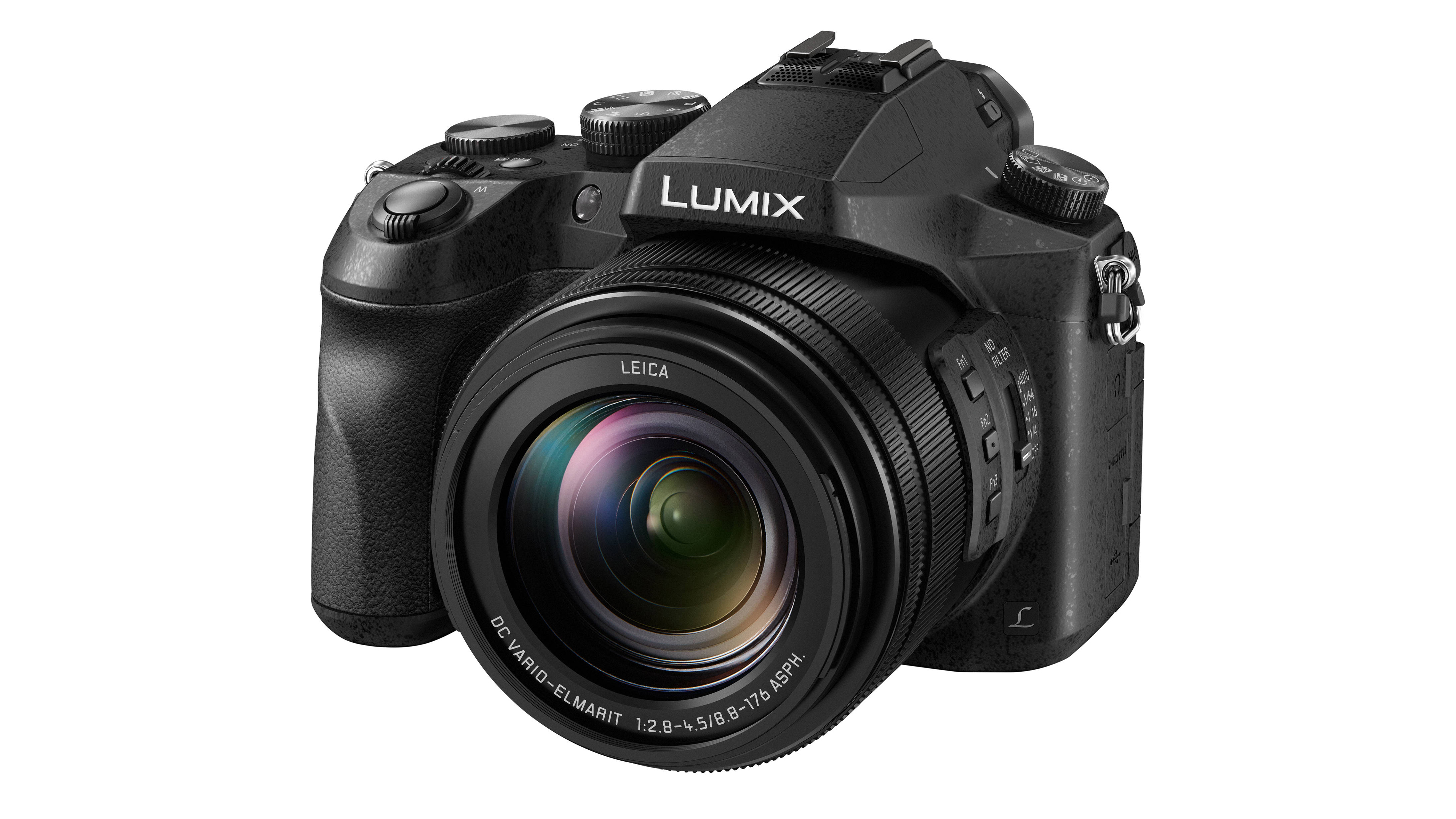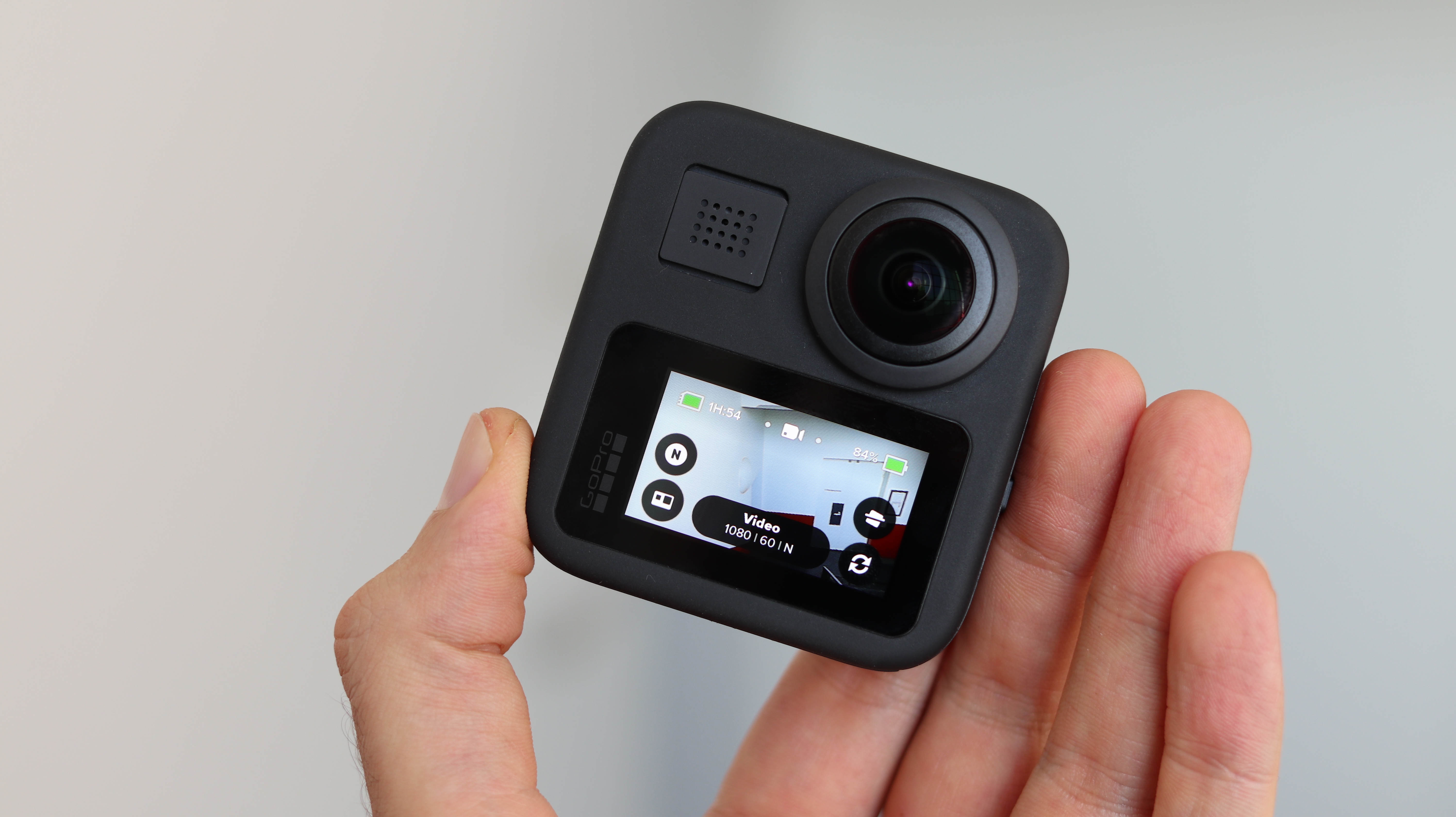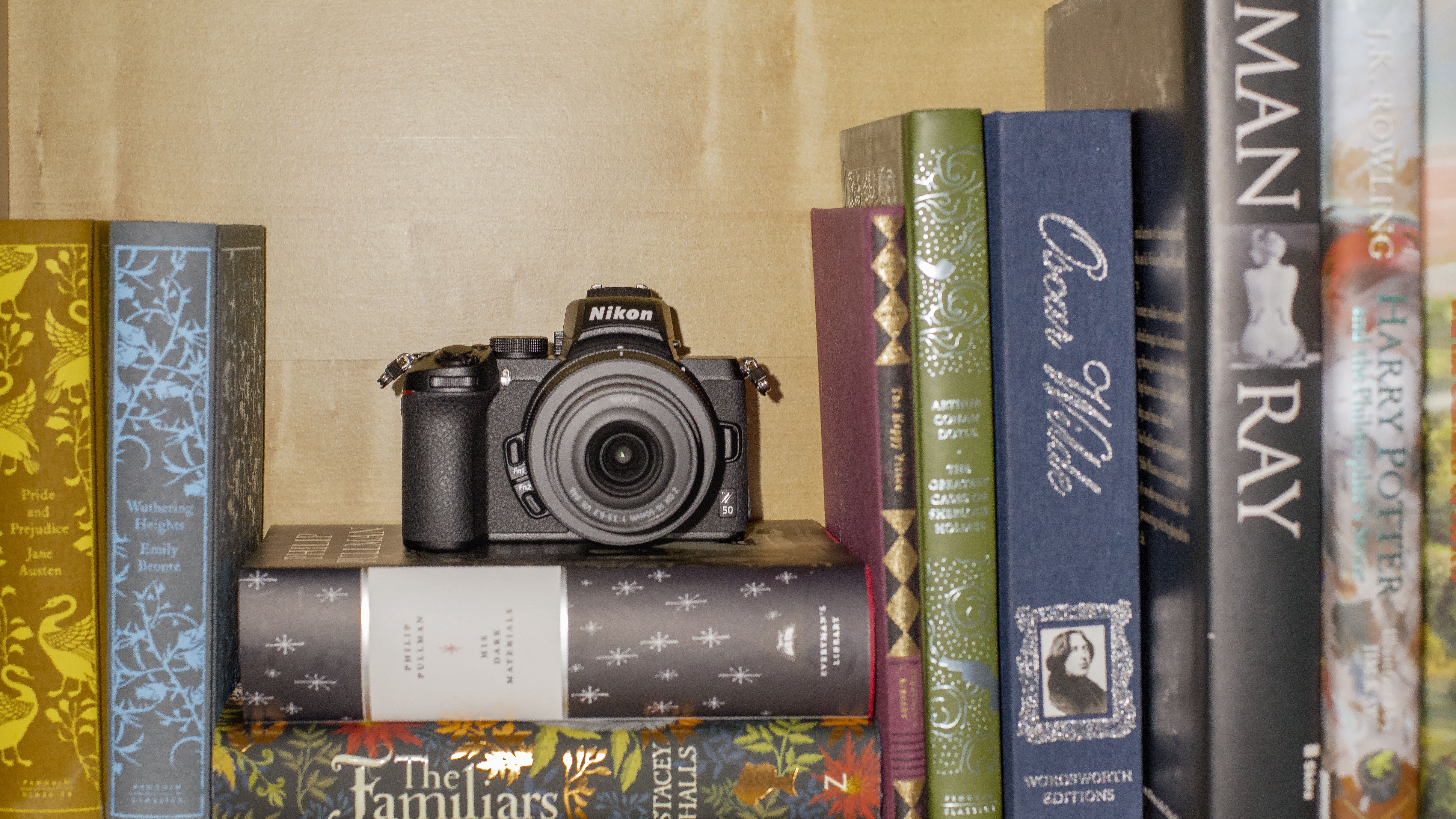The best cameras for hiking and backpacking
We pick the ten best cameras for hiking and backpacking

The best cameras for hiking mean thinking about more than just which produces the sharpest images. A camera you’re going to carry while trekking over hills and rivers – potentially for hours – needs to have a fair few qualities.
It should be reasonably light, for one. Everyone has a different threshold for the amount of weight they’re willing to carry, but no matter who you are, you’re going to notice the weight of something around your neck for hours while you’re physically active. Even if you’re storing the camera in one of the best camera backpacks (which is a good idea for hiking) its weight will be a factor.
There are other things to think about, depending on the kind of hikes you want to do and the kind of subjects you want to photograph. If you’re on the lookout for birds and wildlife, then a camera with a long lens (or the capacity to equip one) and fast autofocus will be a good idea.
Also, what kind of conditions do you plan to hike in? A camera that can cope with rain is a good idea wherever you’re going, but maybe you want to go further and get something completely waterproof!
There are lots of different types of cameras worth your time for hiking, each with advantages and disadvantages. DSLRs are weather-sealed and let you choose your own lenses, but they tend to be bulkier and heavier. Mirrorless cameras are light and fast, but you don’t get an optical viewfinder. Compact cameras and bridge cameras are useful as they have everything you need in a single package, but they generally have smaller sensors, meaning they can struggle in low light. There are also action cameras, which are fully waterproof and so light as to be wearable – but again, there’s the small sensor issue.
We’ve put together a list of ten cameras including all different types to help you pick the one that’s right for you. We’ve focused on including cameras we think do provide great value for money, so there’s a mix of older and newer models on this list.
best cameras for hiking: our top picks
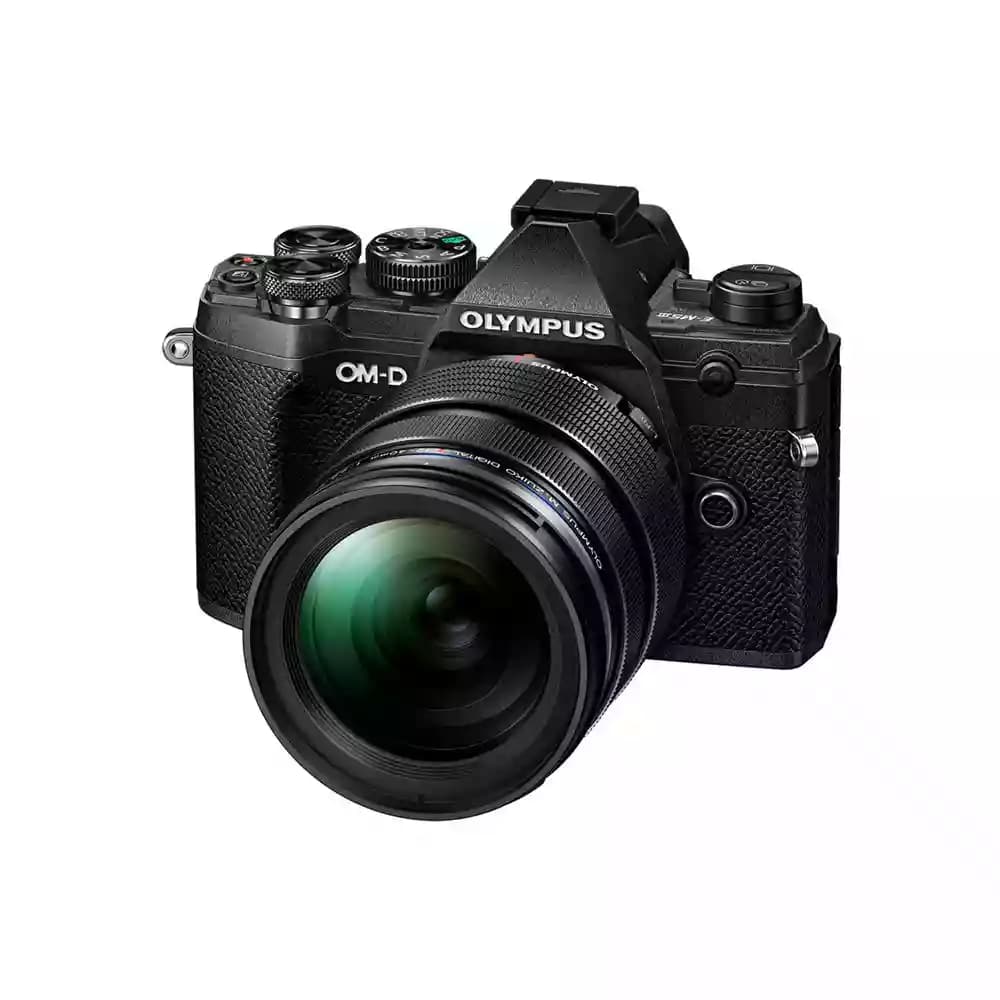
Best overall
The Olympus OM-D E-M5 Mark III is one of the best enthusiast mirrorless cameras around, and is a perfect choice for hiking. Some photographers disdain Micro Four Thirds cameras for their relatively small sensors, but they’re missing out on a raft of features that lets you create in all different situations.
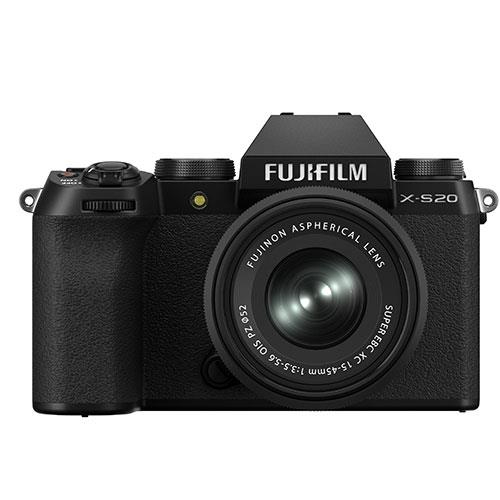
Best for 6K Video
In our early verdict hands-on, I found that Fujifilm X-S20 is the perfect camera for most people, with its very straightforward controls, excellent fully automatic modes, it’s small and compact size, and its deceptively powerful processor capable of 6K video and subject recognition tracking, photo enthusiasts, content creators, and vloggers will find a lot to love.
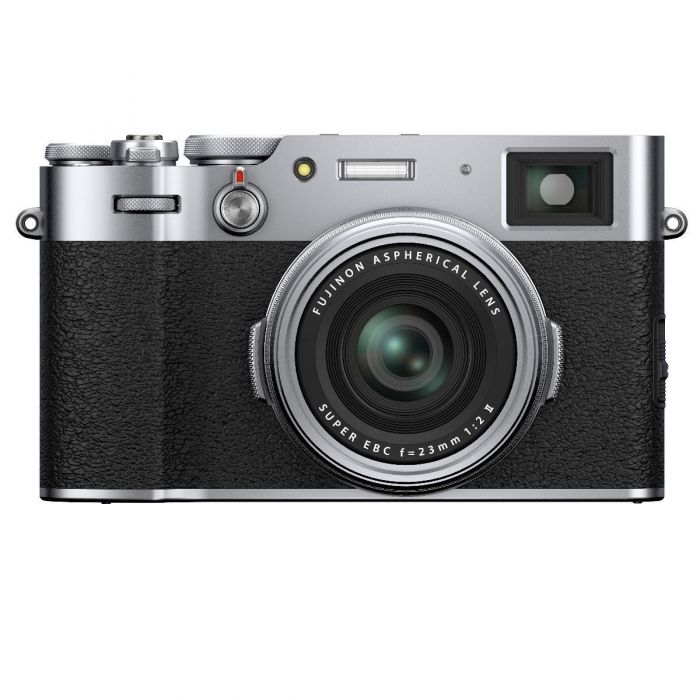
Best retro design
It has the same exceptional build quality as all Fujifilm cameras in a small, pocketable version. It has the same 26.1MP X-Trans sensor as the X-T4 and the same hybrid viewfinder as in the X-Pro 3. The X100V is an advanced, APS-C fixed lens camera and is certainly aimed at enthusiasts, but its slick design and up-to-date features don't come cheap.
The best cameras for hiking
Why you can trust Digital Camera World
Specifications
Reasons to buy
Reasons to avoid
The Olympus OM-D E-M5 Mark III is one of the best enthusiast mirrorless cameras around, and is a perfect choice for hiking. Some photographers disdain Micro Four Thirds cameras for their relatively small sensors, but they’re missing out on a raft of features that lets you create in all different situations.
The E-M5 III can do loads. It can blend multiple shots together in camera to create a super-high-resolution image, it can shoot at 30fps using Olympus’s Pro Capture mode, which actually starts the burst before you fully depress the shutter button.
It’s weather-sealed, light enough to carry for hours, and thanks to the Micro Four Thirds lens mount, you have a huge number of lenses to choose from. While the battery life is a little limited, the camera can charge via USB, so bring a power bank and a cable on your hike, and you’re in business.
Read our full Olympus OM-D E-M5 Mark III review for more details

2. Fujifilm X-S20
Specifications
Reasons to buy
Reasons to avoid
In our early verdict hands-on, I found that Fujifilm X-S20 is the perfect camera for most people, with its very straightforward controls, excellent fully automatic modes, it’s small and compact size, and its deceptively powerful processor capable of 6K video and subject recognition tracking, photo enthusiasts, content creators, and vloggers will find a lot to love.
The price is a little higher than the previous version, which might put some people off, although, for the cost, you are getting a considerably capable camera that is more than enough for most users’ needs.
Read our early Hands-on: Fujifilm X-S20 review to find out more
Specifications
Reasons to buy
Reasons to avoid
Fujifilm's original X100 was the camera that sparked people's obsession with Fujifilm's retro-styled modern cameras. Five models later, the Fujifilm X100V is still a very popular choice for those who want a premium camera without the faff of changing lenses. With a street-friendly fixed lens equivalent to 35mm, it makes it the perfect camera for street photographers or portrait photographers alike.
It has the same exceptional build quality as all Fujifilm cameras in a small, pocketable version. It has the same 26.1MP X-Trans sensor as the X-T4 and the same hybrid viewfinder as in the X-Pro 3. The X100V is an advanced, APS-C fixed lens camera and is certainly aimed at enthusiasts, but its slick design and up-to-date features don't come cheap.
The Fujifilm X100V is perpetually out of stock around the world, and has a months-long order list so is not the easiest to buy, but that only demonstrates what an incredible camera this is, and well worth adding your name to the wait list.
For more see our full Fujifilm X100V review.
4. Panasonic Lumix FZ2500
Specifications
Reasons to buy
Reasons to avoid
Bridge cameras are affordable, easy to use, and tend to have big zoom lenses that give you loads of options when you’re out on your hike.
The Panasonic Lumix FZ2500 (FZ2000 outside of the US) is a really solid choice; its 24-480mm equivalent lens gives you loads of flexibility, and having the powerful burst mode that can capture images at up to 12fps, or up to 30fps at reduced resolution, makes it highly capable for capturing images of birds and wildlife.
The FZ2500 comes at a great price – the only real drawback is the lack of weather-sealing, which means you have to be careful in the rain. A good option can be to pick up one of the best rain covers for a camera.
Specifications
Reasons to buy
Reasons to avoid
When vlogging on the move, one of the trickiest challenges is producing smooth, stable footage that isn’t too jerky. Sure, you could buy a dedicated gimbal stabiliser for a camera, but there’s also the option to get two-in-one and pick up a gimbal camera!
The DJI Pocket 2 may be tiny and affordable, but it’s also capable of producing silky-smooth video in motion thanks to its built-in 3-axis stabilisation system. If you plan on producing short videos or vlogs of your hikes, the DJI Pocket 2 is a perfect choice. Its 20mm equivalent lens is wide enough to take in the most impressive of vistas, and it really does produce videos (and stills!) of excellent quality, especially for its size.
Read our full DJI Pocket 2 review for more details
Specifications
Reasons to buy
Reasons to avoid
Weather-sealing is all well and good, but some hikers might want a camera that’s going to survive being fully submerged in the River Clyde, or their river of choice. For that, you want to look at tough cameras, and the Olympus Tough TG-6 is, for our money, the best one you can get right now.
It has a high-quality zoom lens that covers a range equivalent to 25-100mm, which gives you impressive shooting flexibility. It’s waterproof, shockproof, crushproof and freezeproof – stick it in the snow at the top of Ben Nevis in the dead of winter, and it’ll probably survive. Image quality is also decent, with useful extra modes such as the macro-oriented Microscope Mode.
Read our full Olympus Tough TG-6 review for more details

Specifications
Reasons to buy
Reasons to avoid
You probably don’t need us to tell you what a GoPro is. But the Hero11 Black has a few features you might not be familiar with that make it a great hiking camera – class-leading stabilization for video, amazing smartphone connectivity via the GoPro app, and astonishingly good 5.3K video from a camera of this size.
This 2022 edition also boasts a larger, squarer sensor than its predecessors, making it better suited to shooting vertical video for TikTok. It’s also modular, and can be upgraded with extra parts like the Max Lens Mod, which provides an ultra-wide lens with a 155˚ field of view, and improves stabilization.
Of course, this does add another chunk of change onto an already hefty price tag – if you feel you perhaps don’t need all the latest bells and whistles, try a previous GoPro like the Hero9 Black or a budget action camera.
Read our full GoPro Hero11 Black review for more details

Specifications
Reasons to buy
Reasons to avoid
When buying a camera, it always pays to keep an eye on older models for a chance to score a bargain. The Sony A7 II, for instance, was a great camera on release, and it’s still a great camera today.
A full-frame camera of this quality for less than a four-figure price is not to be sniffed at! It’s light enough to be a capable hiking camera, but will still produce professional-grade images and videos in gorgeous quality.
It’s lacking a few modern features that may be deal-breakers for some users – there’s no 4K video, and the burst shooting tops out at a modest 5fps. But if these are acceptable losses for you, the A7 II is a near-unbeatable value proposition, and will make for an incredible hiking camera.
Read our full Sony A7 II review for more details
Specifications
Reasons to buy
Reasons to avoid
If you have watched the BBC's series of well-known hikers taking you them on their walks (such as Winter Walks, and Yorkshire Walks), you will know the advantage of using a 360 camera .
Using this specialist camera on a stick, you can record everything around you - and then later cut between shots of yourself and your companions - to everything that you see (and even what was behind you). The secret is cameras like the GoPro Max use two camera lenses that each give over 180° view - and which when combined to give you this all-round vision.
The app lets you edit clips from 360 footage pretty much seamlessly, meaning you can get great images no matter where the camera is pointed, and swap effortlessly between them.
As we noted in our full review, the Max also has impressive specs elsewhere – with a six-mic setup, its highly credible vlogging camera, and the 1600mAh battery means you'll have enough charge for a day's shooting.
Read our full GoPro Max review for more details
Specifications
Reasons to buy
Reasons to avoid
While the flagship models of the Nikon Z series may be too pricey for most hiking photographers, the Nikon Z50 may be a perfect way into the series. It’s an APS-C camera, unlike its full-frame stablemates, and much more affordable than the big boys. Despite this, it can still use all the Nikon Z-mount lenses (with a crop factor caused by the smaller sensor) so you still get a lot of the good stuff of the system.
With 11fps burst shooting and a slim form factor, the Nikon Z50 is a highly capable camera for hiking, and its 20.9MP sensor will produce gorgeous images.
It is weather-sealed, though not as comprehensively as more expensive cameras; it can handle light drizzle, but if you’re expecting a torrential downpour, consider a rain cover. We’ll also soon be reviewing the Nikon Z fc, the newest APS-C camera in the Z series, with a retro-styled body.
Read our full Nikon Z50 review for more details
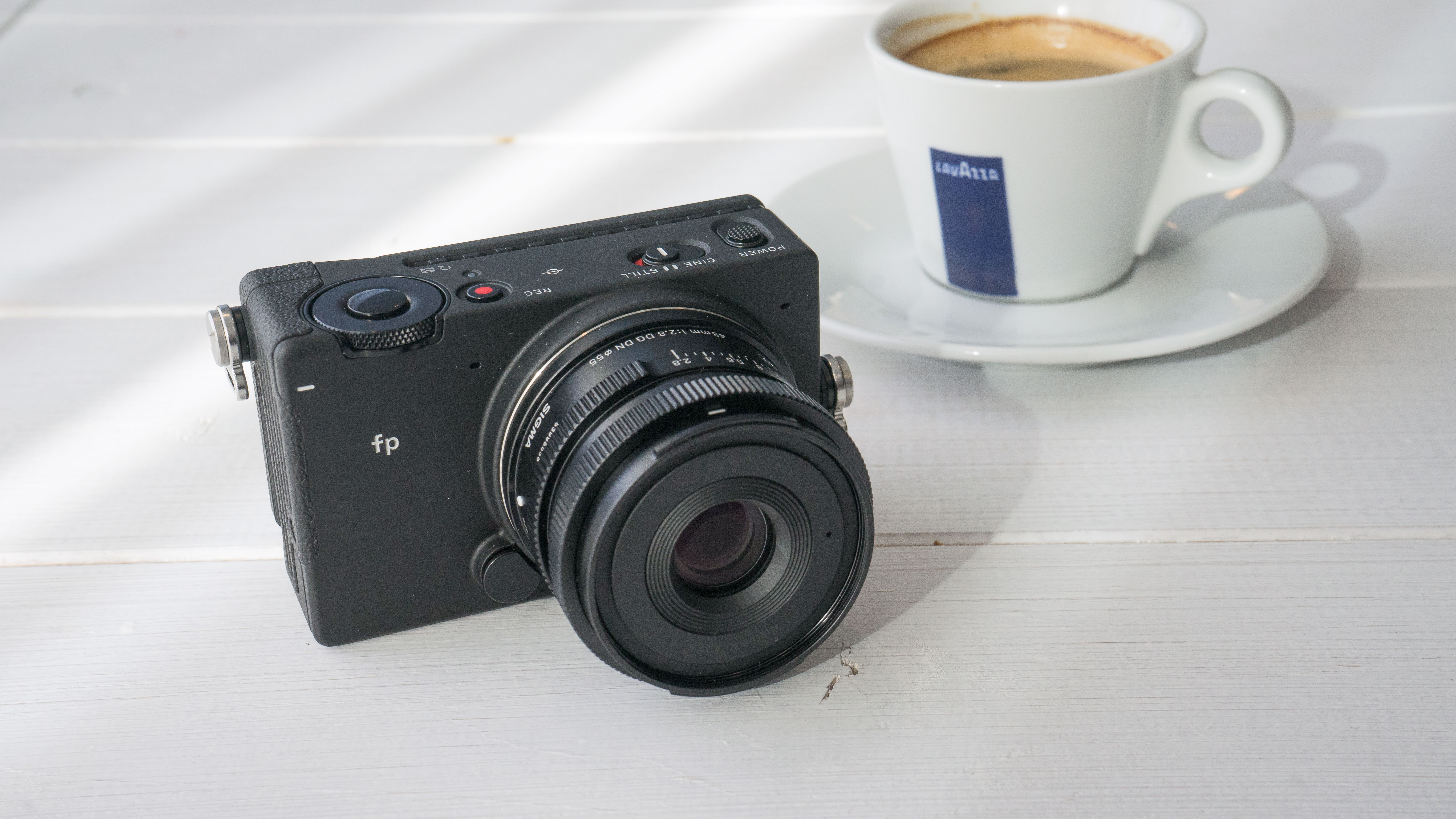
Specifications
Reasons to buy
Reasons to avoid
This boxy, pocket-sized bit of brutalism couldn’t possibly be a full-frame camera, could it? Yes, it absolutely could, and the small, functional design of the Sigma fp makes it a perfect choice for hikers who want to shoot with a good-sized sensor.
Having full-frame at your disposal gives you much more dynamic range and improves your images in challenging lighting conditions. Capturing detail in highlights and shadows becomes much easier! The Sigma fp is a really affordable route into full-frame, and having the L-mount gives you access to loads of great Leica lenses.
There is a newer Sigma fp L, which ups the resolution to a whopping 61MP. But we reckon the initial Sigma fp represents better value for money as a hiking camera. Unless you’re planning on making huge prints, its 24.6MP will be plenty.
Read our full Sigma fp review for more details
Read more:
Best travel camera
Best cameras for wildlife
Best selfie cameras
Best YouTube cameras
Best cameras for beginners
The best camera deals, reviews, product advice, and unmissable photography news, direct to your inbox!
Jon spent years at IPC Media writing features, news, reviews and other photography content for publications such as Amateur Photographer and What Digital Camera in both print and digital form. With his additional experience for outlets like Photomonitor, this makes Jon one of our go-to specialists when it comes to all aspects of photography, from cameras and action cameras to lenses and memory cards, flash diffusers and triggers, batteries and memory cards, selfie sticks and gimbals, and much more besides.
An NCTJ-qualified journalist, he has also contributed to Shortlist, The Skinny, ThreeWeeks Edinburgh, The Guardian, Trusted Reviews, CreativeBLOQ, and probably quite a few others I’ve forgotten.
